Elegant Sepedi Traditional vesture for the Groom 2024
Elegant Sepedi Traditional vesture for the Groom for 2024
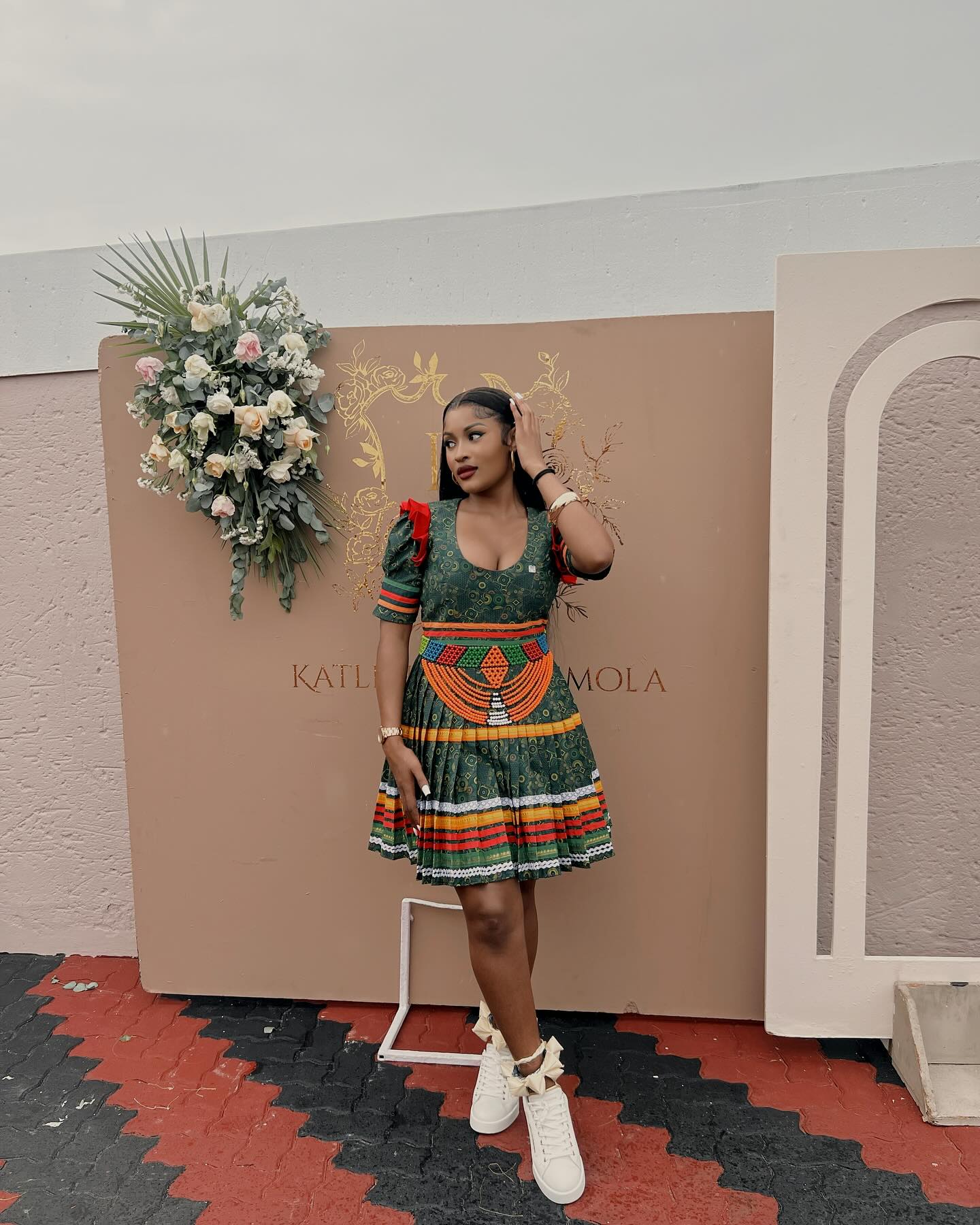 Description and Significance of the Groom’s Outfit and Accessories
Description and Significance of the Groom’s Outfit and Accessories
In Sepedi Traditional vesture culture, the bachelor’s traditional marriage vesture holds great significance in celebrating artistic identity. The bachelor generally wears a beautifully drafted outfit that reflects the rich heritage of the Sepedi people.
The bachelor’s vesture consists of a various shirt called a “ thobela ” or “ khubedu ” adorned with intricate embroidery and beadwork. This shirt is frequently paired with matching pants called “ mokgonyana ” and a traditional chapeau known as “ dipudi. ”
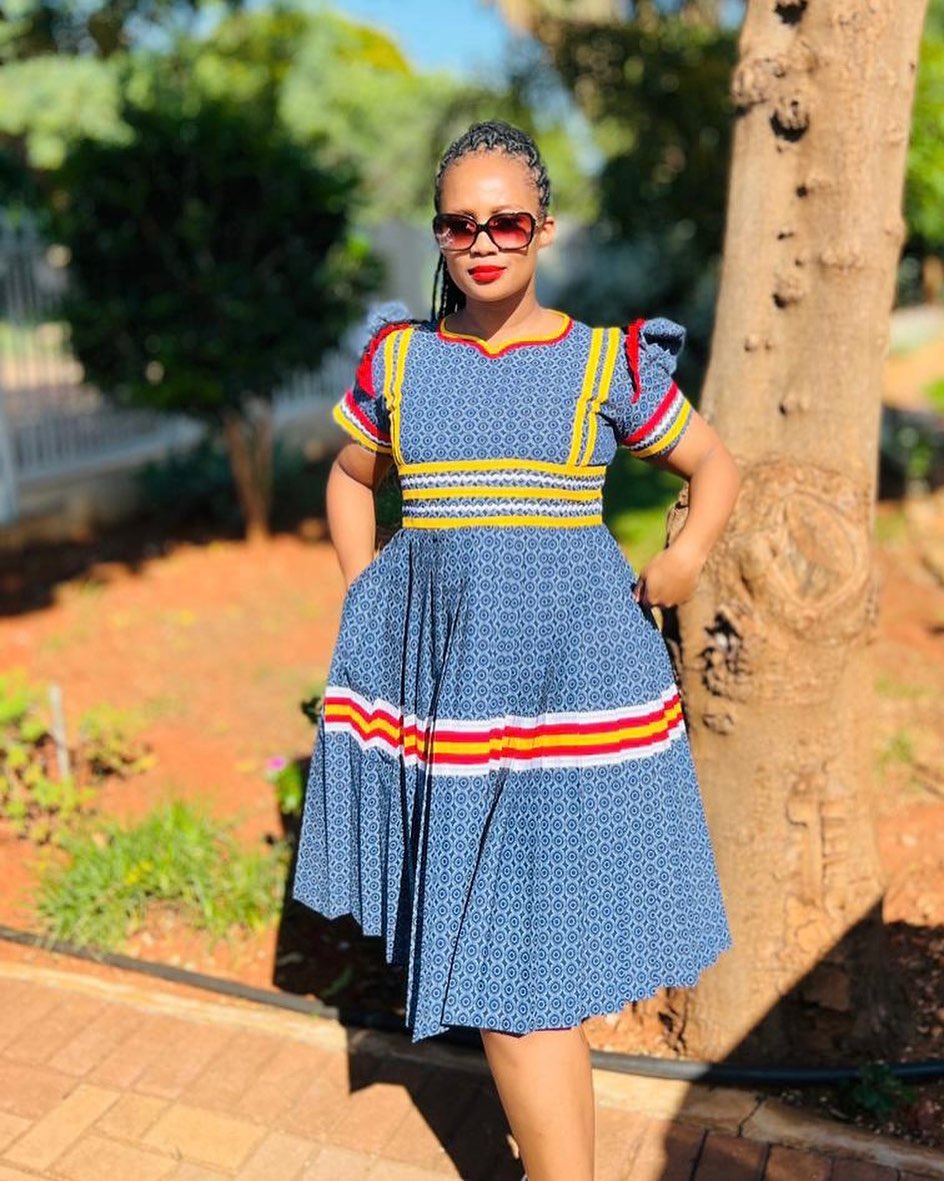 Each element of the bachelor’s outfit carries emblematic meaning. The vibrant colors represent joy, substance, and love, while the embroidery and beadwork showcase the artificer and art of the Sepedi culture. The chapeau, on the other hand, signifies respect and quality.
Each element of the bachelor’s outfit carries emblematic meaning. The vibrant colors represent joy, substance, and love, while the embroidery and beadwork showcase the artificer and art of the Sepedi culture. The chapeau, on the other hand, signifies respect and quality.
By wearing traditional vesture, the bachelor not only honors his artistic heritage but also expresses his commitment to conserving and celebrating Sepedi traditions. It serves as a visual representation of his identity and connection to his roots.
likewise, the bachelor’s outfit isn’t complete without accessories similar as rounded chokers, irons, and kneesocks. These accessories add an redundant touch of fineness and artistic significance to the overall look.
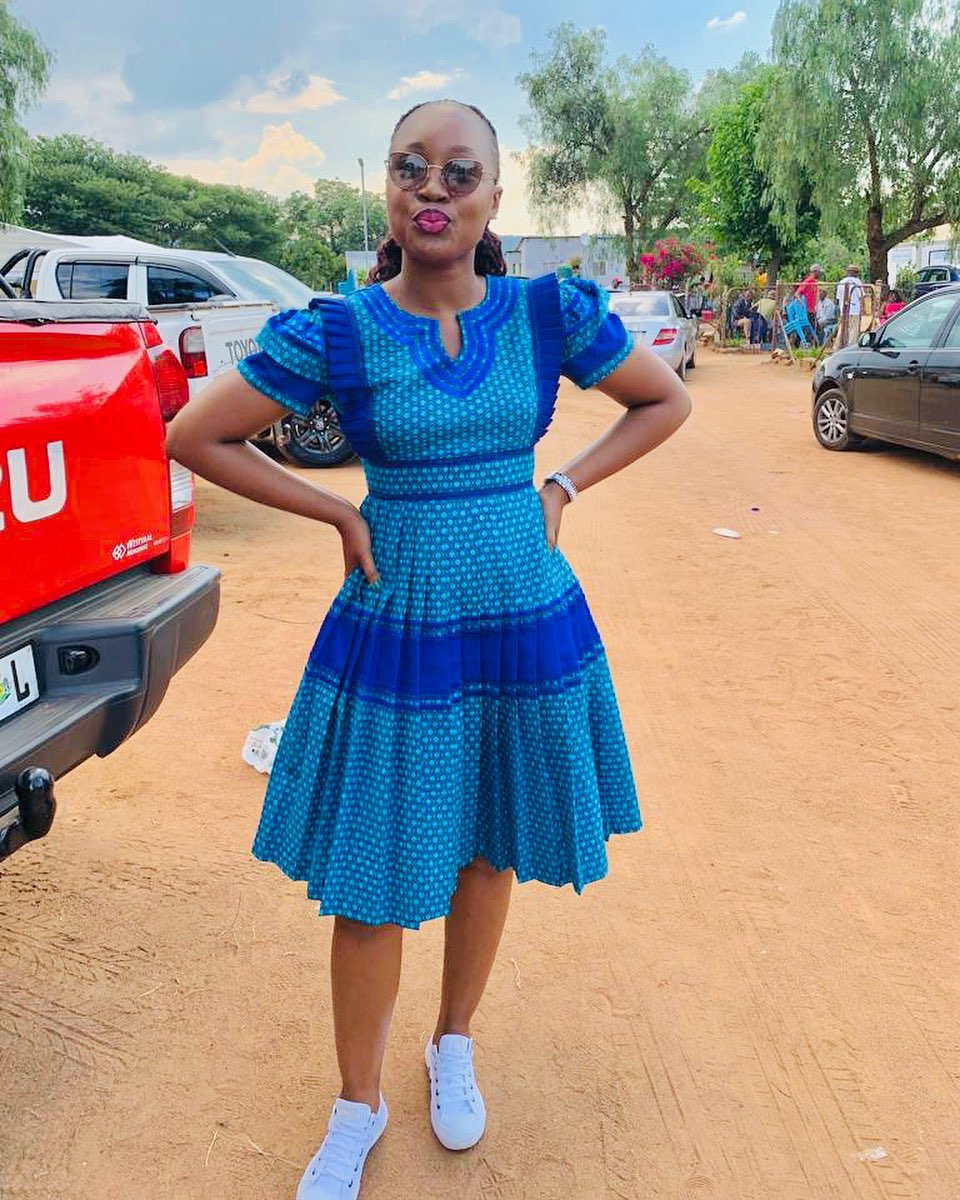 Overall, the bachelor’s traditional vesture in a Sepedi marriage is a important expression of artistic pride and identity. It serves as a beautiful memorial of the rich traditions and values that have been passed down through generations, creating a sense of concinnity and festivity within the community.
Overall, the bachelor’s traditional vesture in a Sepedi marriage is a important expression of artistic pride and identity. It serves as a beautiful memorial of the rich traditions and values that have been passed down through generations, creating a sense of concinnity and festivity within the community.
![]()
Sepedi Traditional vesture for the Bridal Party 2024
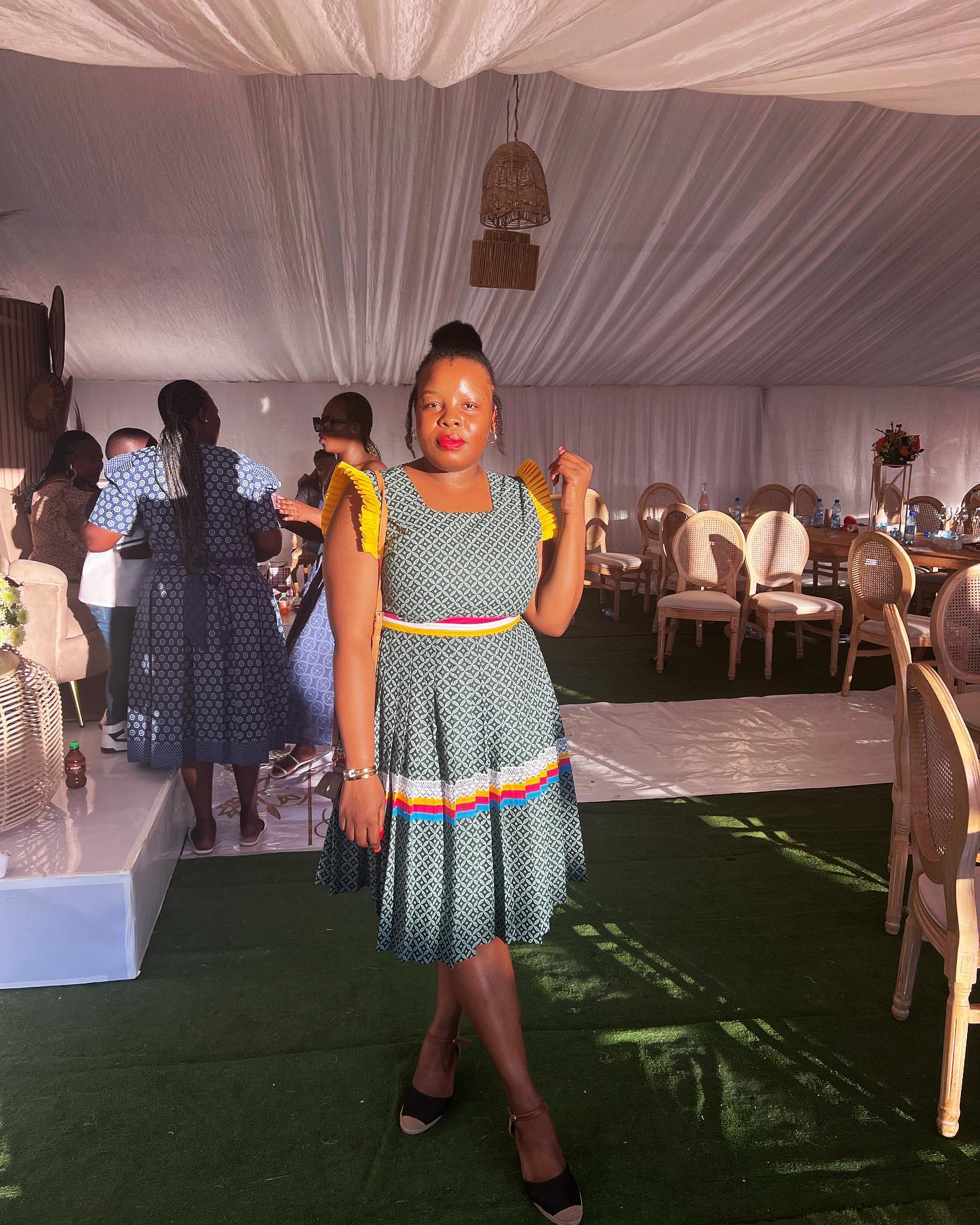 Sepedi traditional marriages are rich in culture and heritage, and one of the most significant aspects is the vesture worn by the matrimonial party. The traditional marriage dress plays a vital part in celebrating the artistic identity of the bridegroom, bachelor, and their families.
Sepedi traditional marriages are rich in culture and heritage, and one of the most significant aspects is the vesture worn by the matrimonial party. The traditional marriage dress plays a vital part in celebrating the artistic identity of the bridegroom, bachelor, and their families.
places and Significance of vesture for Bridesmaids, Groomsmen, and Family Members
In a Sepedi traditional marriage, the vesture worn by the bridesmaids, groomsmen, and family members holds great significance. Then are some crucial points to understand their places
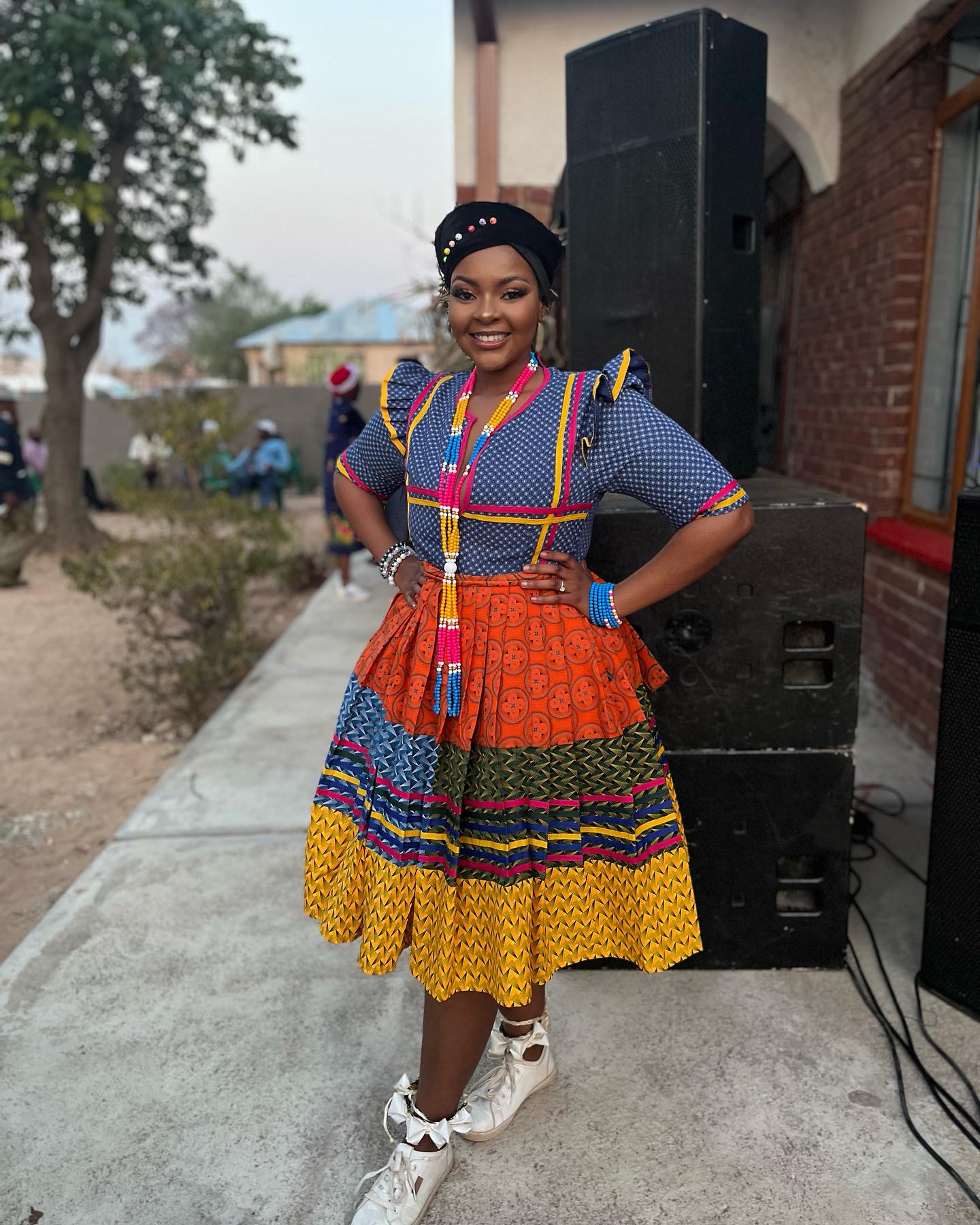 Bridesmaids The bridesmaids ’ vesture is generally various and vibrant, reflecting the joyful festivity. They wear traditional dresses called “ makoti ” or “ thobela, ” adorned with intricate beadwork and embroidery. The bridesmaids ’ vesture not only complements the bridegroom’s dress but also symbolizes concinnity and support for the couple.
Bridesmaids The bridesmaids ’ vesture is generally various and vibrant, reflecting the joyful festivity. They wear traditional dresses called “ makoti ” or “ thobela, ” adorned with intricate beadwork and embroidery. The bridesmaids ’ vesture not only complements the bridegroom’s dress but also symbolizes concinnity and support for the couple.
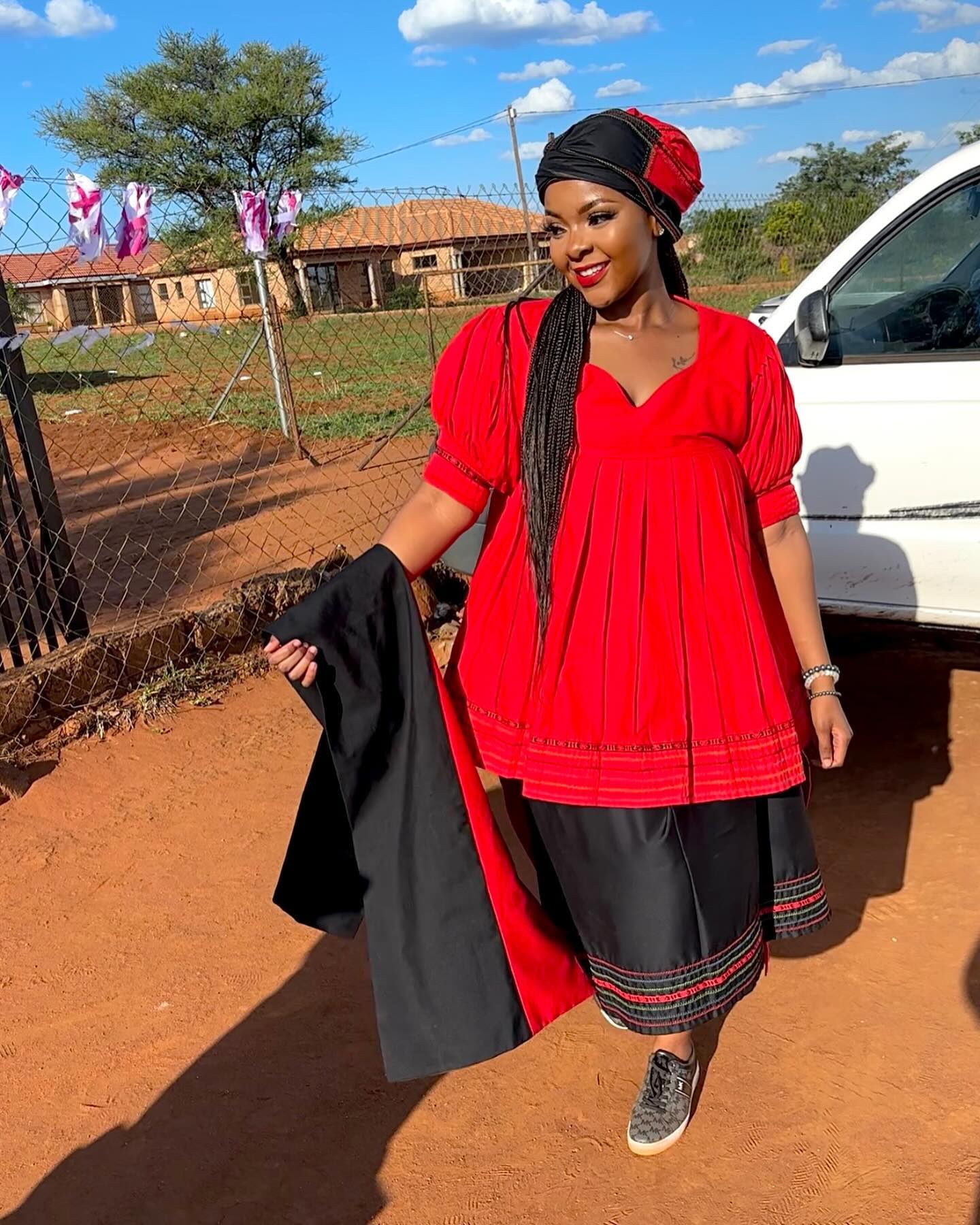 Groomsmen The groomsmen’s vesture is frequently a matching ensemble to that of the bachelor. They wear traditional outfits known as “ mabutu ” or “ seshweshwe. ” These outfits correspond of shirts, pants, and occasionally vests or jackets made from vibrant fabric with geometric patterns. The groomsmen’s vesture represents solidarity with the bachelor and his commitment to his bridegroom.
Groomsmen The groomsmen’s vesture is frequently a matching ensemble to that of the bachelor. They wear traditional outfits known as “ mabutu ” or “ seshweshwe. ” These outfits correspond of shirts, pants, and occasionally vests or jackets made from vibrant fabric with geometric patterns. The groomsmen’s vesture represents solidarity with the bachelor and his commitment to his bridegroom.
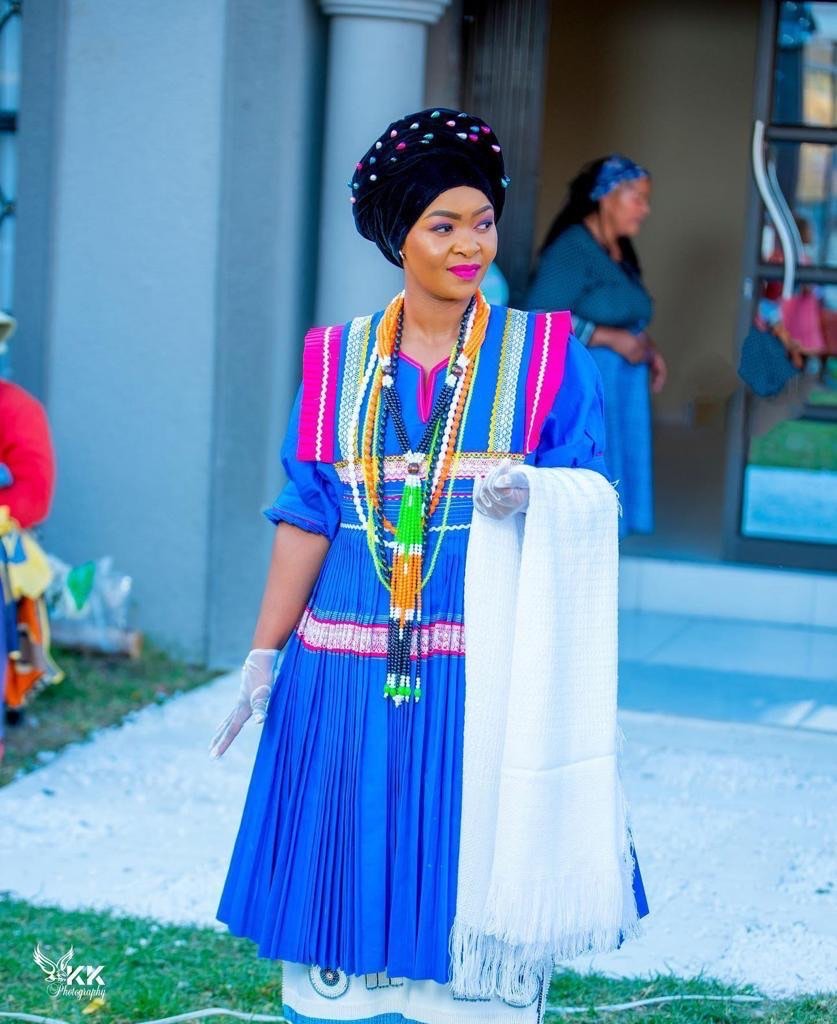 Family Members Family members also play a significant part in Sepedi traditional marriages. They wear traditional vesture that showcases their connection to the couple and their artistic heritage. Family members may wear outfits that incorporate rudiments similar as beast prints, ethnical patterns, or specific colors that hold emblematic meaning within the Sepedi culture.
Family Members Family members also play a significant part in Sepedi traditional marriages. They wear traditional vesture that showcases their connection to the couple and their artistic heritage. Family members may wear outfits that incorporate rudiments similar as beast prints, ethnical patterns, or specific colors that hold emblematic meaning within the Sepedi culture.
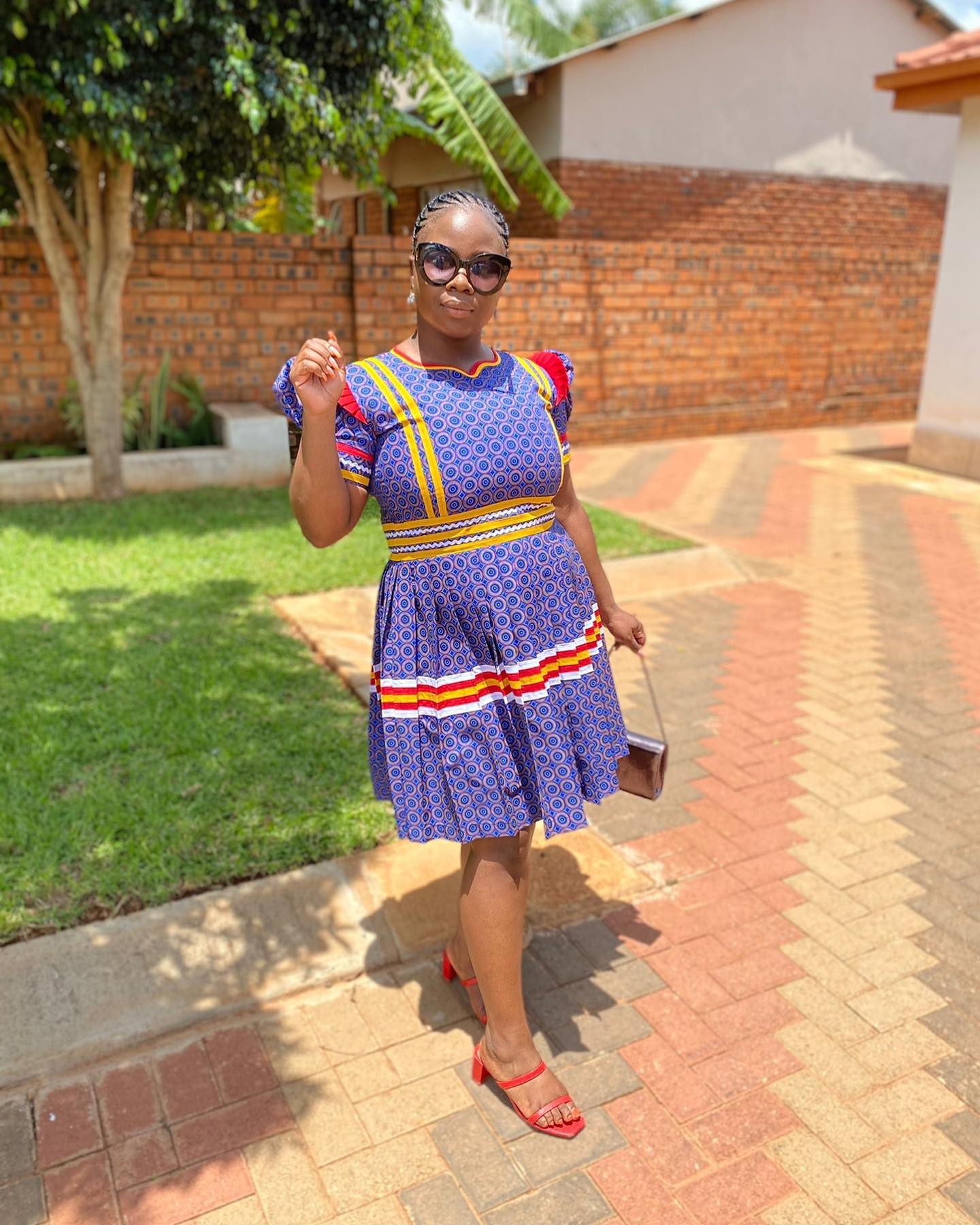 By embracing and showcasing their artistic identity through traditional vesture, Sepedi marriages not only celebrate love and union but also recognize the rich traditions and customs that have been passed down through generations. The vesture worn by the matrimonial party serves as a visual representation of their artistic heritage and adds a unique and meaningful touch to the marriage festivity.
By embracing and showcasing their artistic identity through traditional vesture, Sepedi marriages not only celebrate love and union but also recognize the rich traditions and customs that have been passed down through generations. The vesture worn by the matrimonial party serves as a visual representation of their artistic heritage and adds a unique and meaningful touch to the marriage festivity.
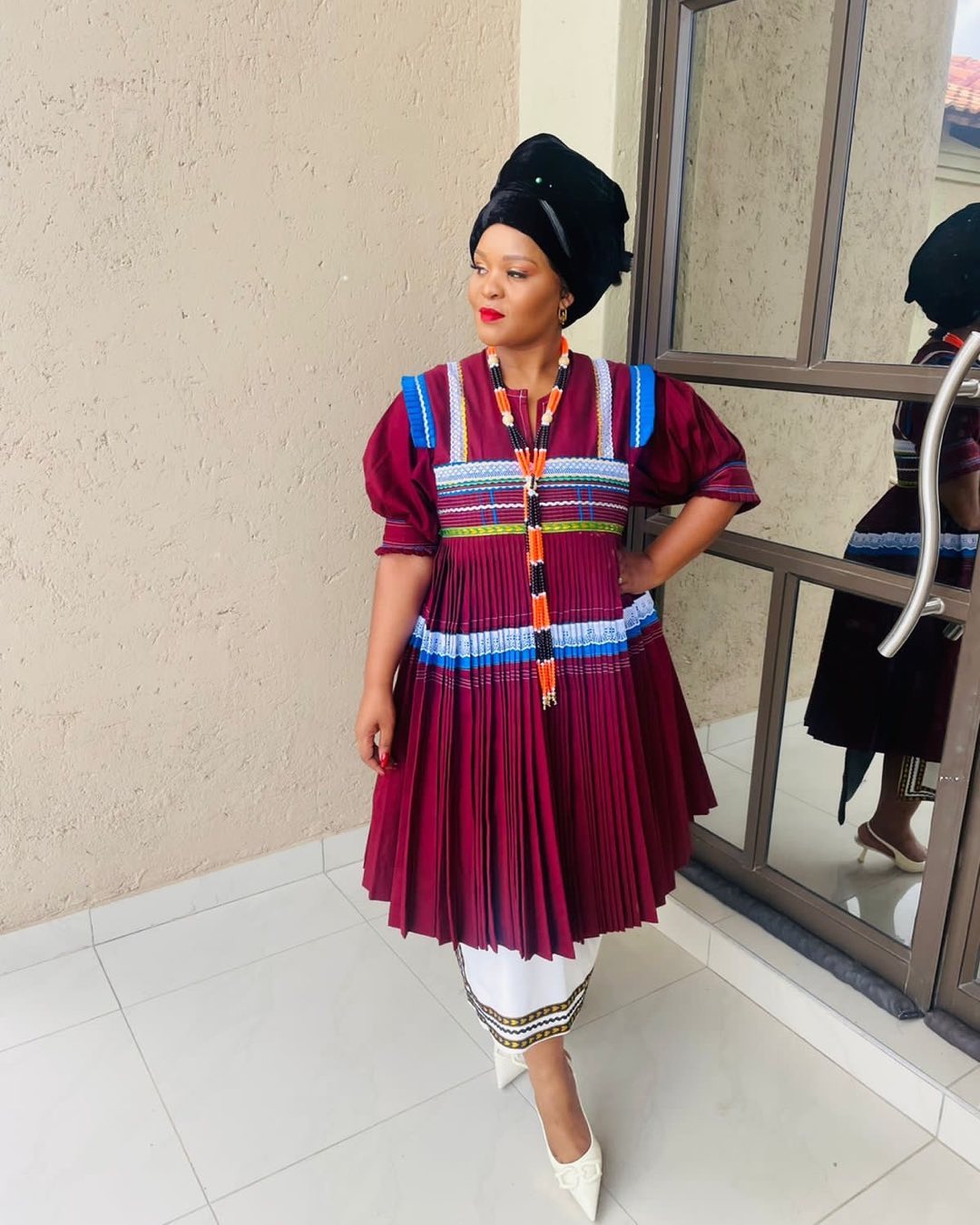
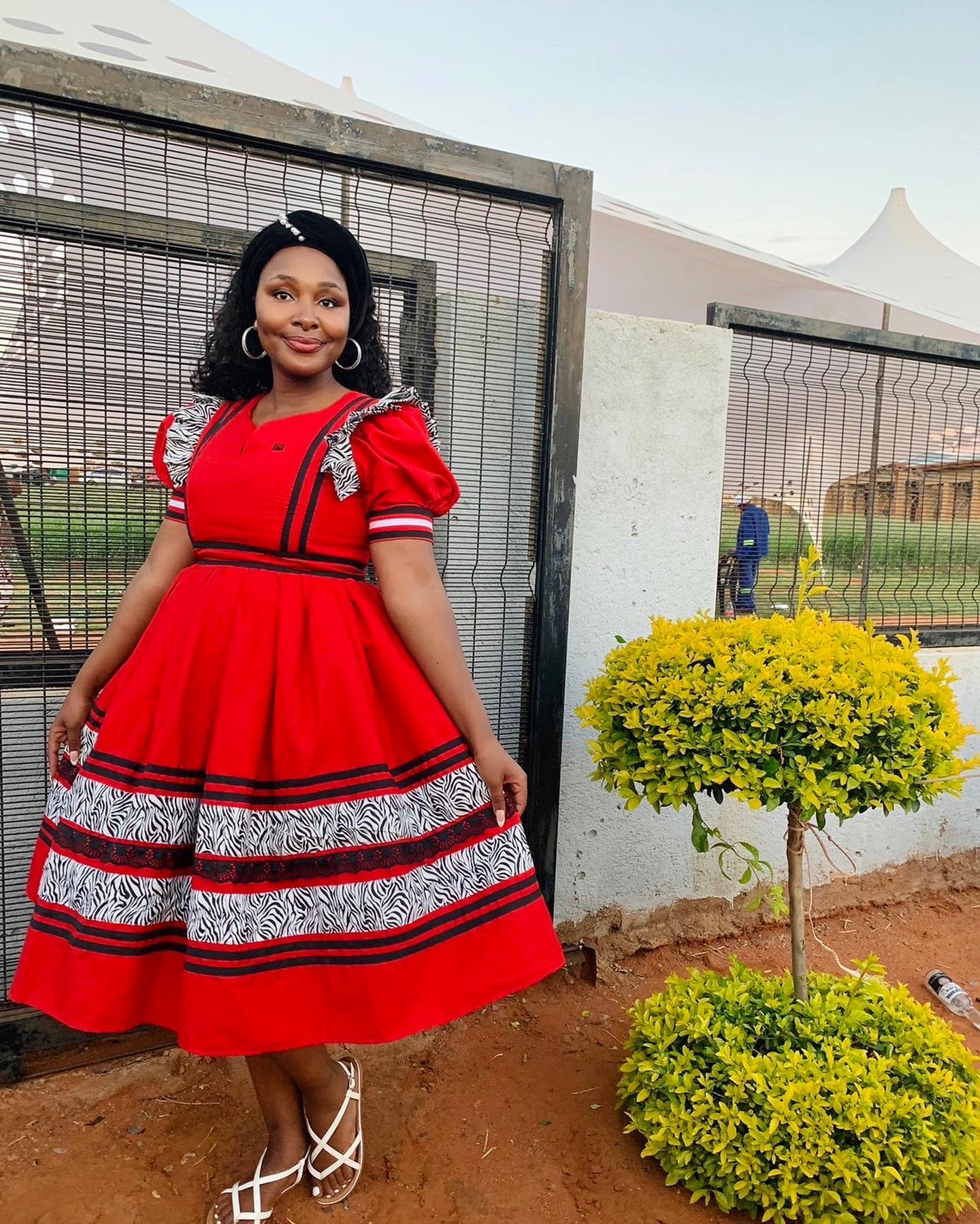
Comments are closed.